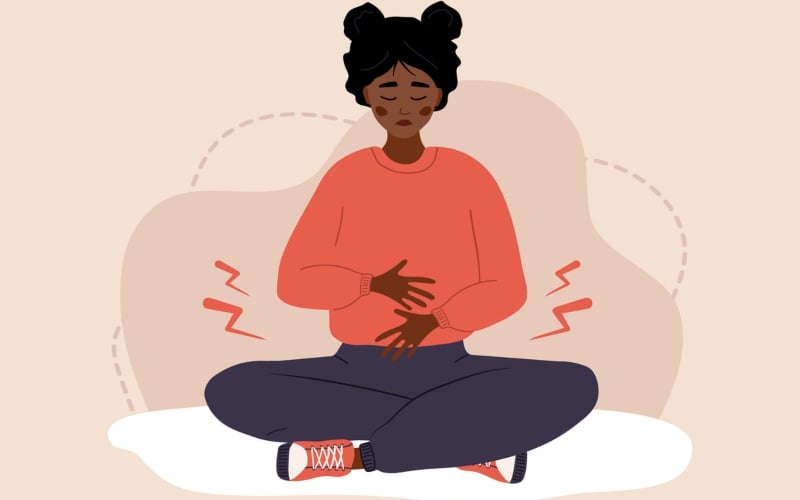By Neil Schoenherr-WUSTL
Families are using the money from the credit in a variety of ways, depending on household income and job circumstance, the survey results show.
“Even before the pandemic, low- and middle-income US families faced three fundamental challenges: tight budget constraints, difficulty even saving small amounts for emergencies, and large debt burdens,” says Stephen Roll, research assistant professor at the Brown School and Social Policy Institute (SPI) at Washington University in St. Louis. Roll is coauthor of a report on the findings.
The early evidence is that the child tax credit (CTC) is helping families solve these challenges,” Roll says. “They are planning to use the CTC payments to build up their often-anemic emergency savings accounts, pay for essentials for their families and children, and catch up on their expenses.”
The expanded child tax credit provides families with $3,600 for every child in the household under the age of 6, and $3,000 for every child between the ages of 6 and 17. Almost all middle- and low-income families with children are eligible for the credit.
To understand how families were responding to the CTC, Roll and his coauthors used a probability-based online panel to survey a nationally representative group of 1,514 American parents eligible for the credit. The survey was administered July 8-13, 2021—immediately before the first such payments were delivered.
“What’s interesting is that the CTC payments also may give families across the income spectrum the financial slack to help invest in their children’s future as well as their present,” Roll says. “For example, we see high percentages of low- and middle-income families saying they will use the CTC to build a college fund for their children and [to] pay for their extracurricular activities.”
When asked what parents intended to do with the credit, the most common responses were:
- save for emergencies (74.8%)
- apply the money towards housing, food, and utilities (66.6%)
- purchase clothing or other essentials for their child(ren) (58.1%)
- purchase more or better quality foods for their family (49.0%)
- contribute to a college fund for their child(ren) (41.9%).
“It is important to remember that child poverty does not just affect childhoods,” Roll says. “If a child experiences poverty, that affects their long-term earnings, their health, their educational attainment, and many other things. The CTC appears to be addressing this issue, both by directly reducing poverty and encouraging more investment from parents to their children.”
Coauthors are from Appalachian State University; the University of North Carolina, Greensboro; and Washington University in St. Louis.
Source: Washington University in St. Louis
—
This post was previously published on Futurity.org and is republished here under a Creative Commons license.
***
You Might Also Like These From The Good Men Project
 Compliments Men Want to Hear More Often
Compliments Men Want to Hear More Often  Relationships Aren’t Easy, But They’re Worth It
Relationships Aren’t Easy, But They’re Worth It  The One Thing Men Want More Than Sex
The One Thing Men Want More Than Sex  ..A Man’s Kiss Tells You Everything
..A Man’s Kiss Tells You Everything Join The Good Men Project as a Premium Member today.
All Premium Members get to view The Good Men Project with NO ADS.
A $50 annual membership gives you an all access pass. You can be a part of every call, group, class and community.
A $25 annual membership gives you access to one class, one Social Interest group and our online communities.
A $12 annual membership gives you access to our Friday calls with the publisher, our online community.
Register New Account
Log in if you wish to renew an existing subscription.
Username
First Name
Last Name
Password
Password Again
Choose your subscription level
- Yearly - $50.00 - 1 Year
- Monthly - $6.99 - 1 Month
Credit / Debit Card PayPal Choose Your Payment Method
Auto Renew
Subscribe to The Good Men Project Daily Newsletter By completing this registration form, you are also agreeing to our Terms of Service which can be found here.Need more info? A complete list of benefits is here.
—
Photo credit: iStock
The post How Families Are Spending the Expanded Child Tax Credit appeared first on The Good Men Project.
Original Article










